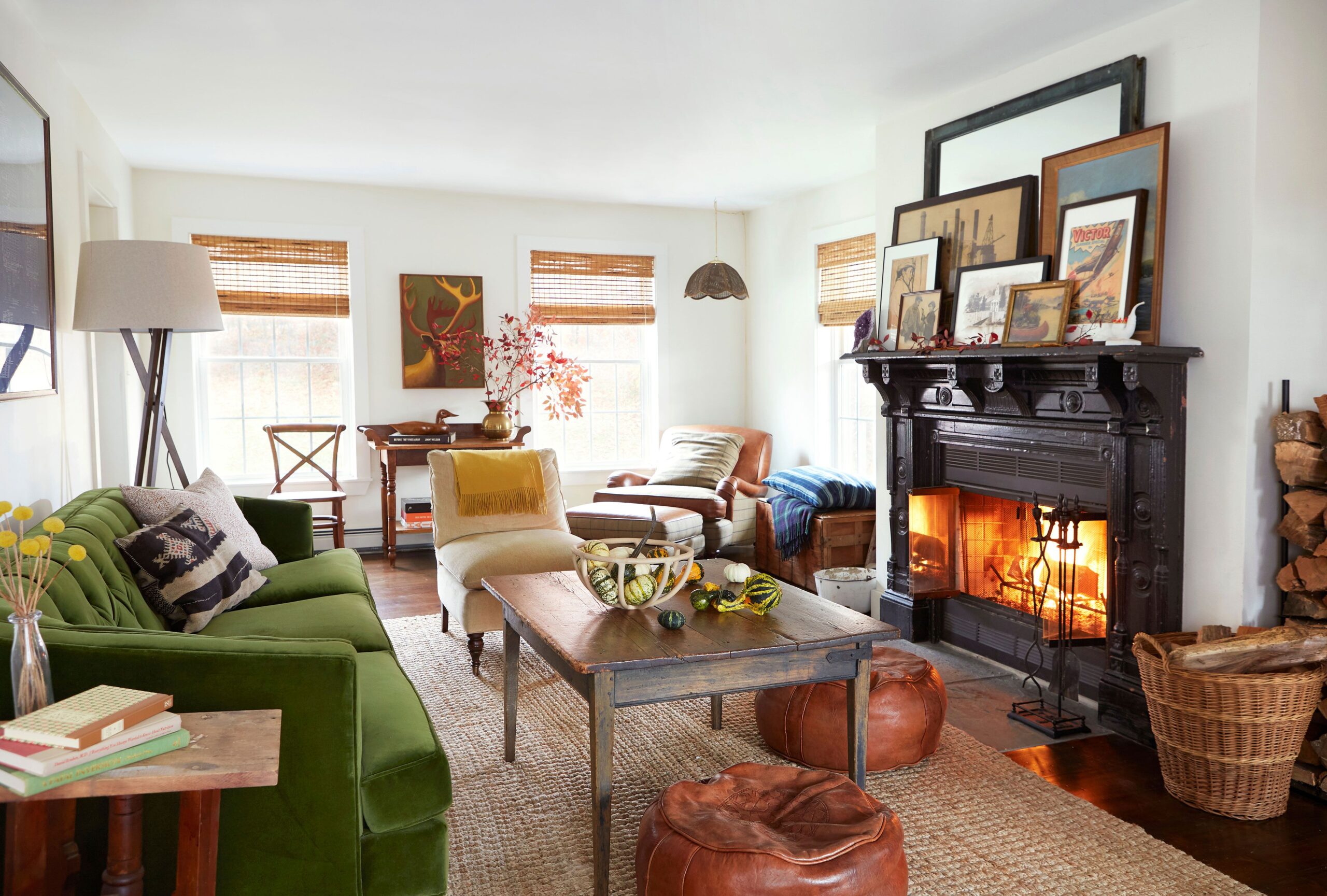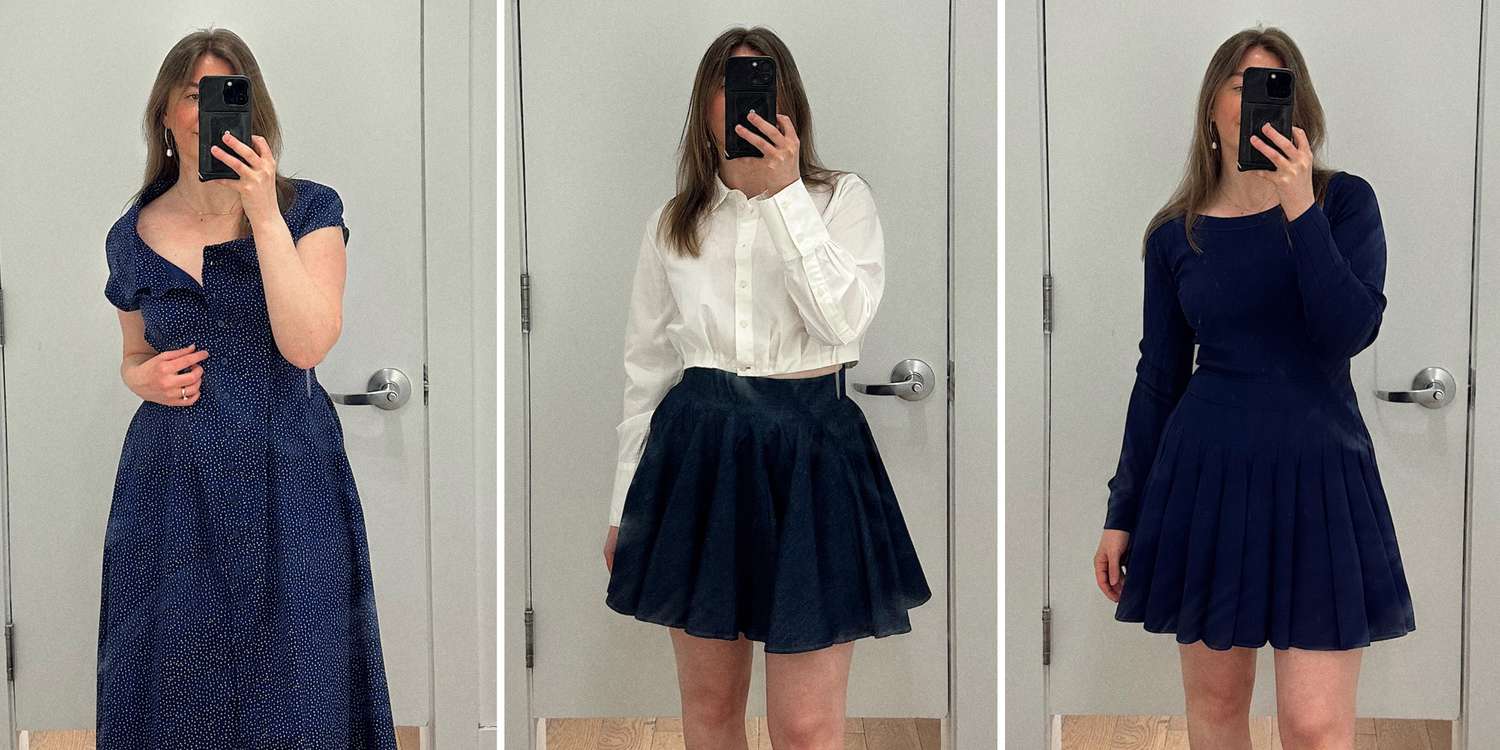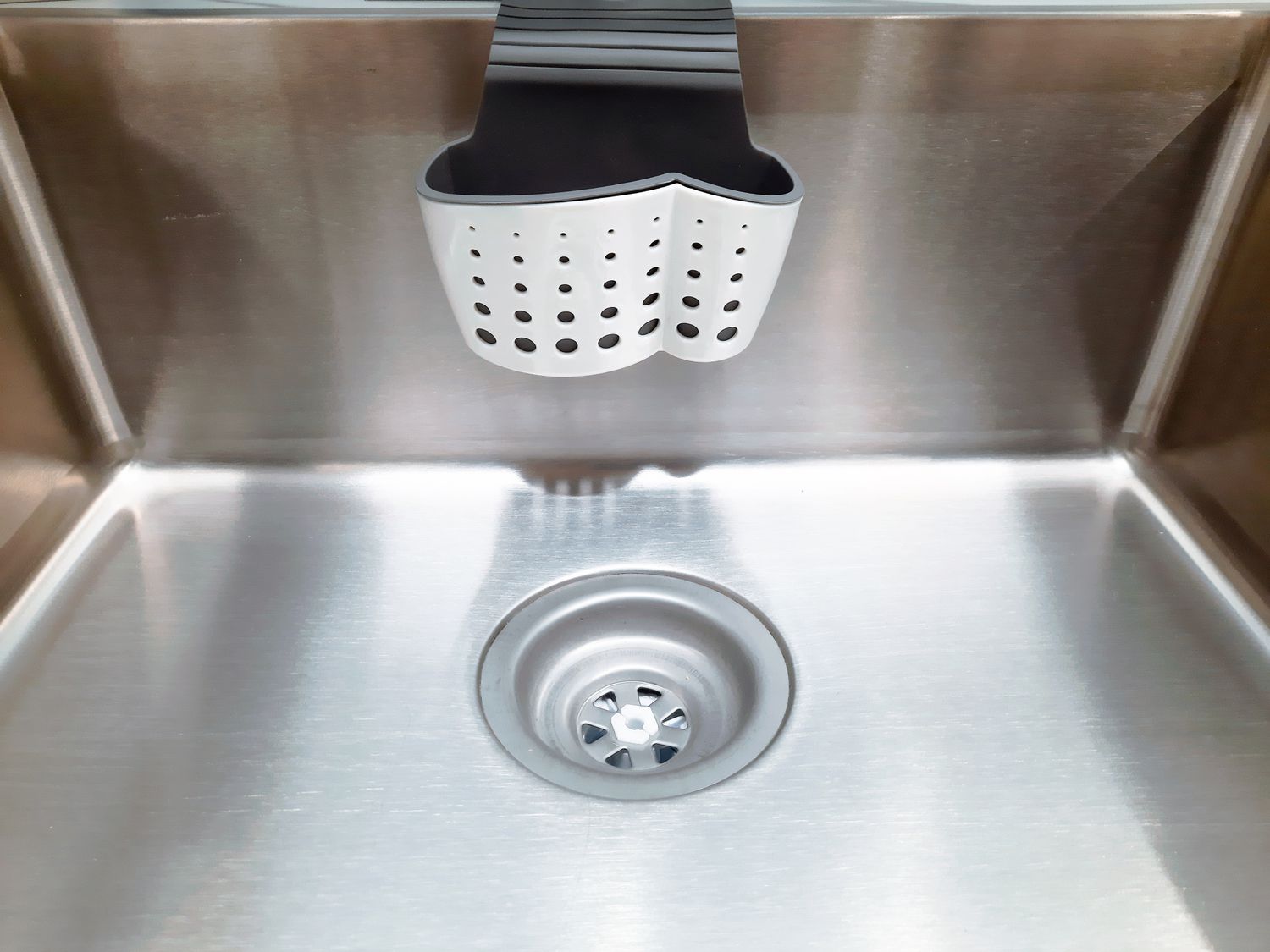
Incorporating Your Partner’s Interests into Your Home Decor Can Be Simple—Here’s How
Living with someone can present challenges, including blending your unique preferences and tastes in home decor. Whether you’re sharing a space with a roommate, family member, or spouse, merging design aesthetics can be tricky. Fortunately, interior designers are well-versed in this area. They regularly assist their clients in creating unique, bespoke designs that reflect the personal style of the individuals living there.
We spoke to three interior designers for their tips on blending different design aesthetics in home decor, and they were eager to share. Read on for their top seven tips for integrating your SO’s interests into your home decor.
- Kaylee Pauley is the founder and principal designer of Kaylee Pauley Interiors based in Franklin, Tennessee.
- Michelle Murphy is the founder and principal designer of DEMI RYAN, a luxury interior design firm based in Chapel Hill, North Carolina.
- Christine Jahan is the founder and principal designer of Christine Jahan Designs, an award-winning interior design firm located in Glendora, California.
Find a Middle Ground
Finding common ground with your partner is as important as clearly communicating your needs; it helps set the foundation of your blended style. This task is simple for some, especially if you have similar tastes and aesthetics. However, this task can be challenging for others with vastly different tastes. Kaylee Pauley of Kaylee Pauley Interiors offers this tip for partners who struggle to find common ground between opposing styles.
“If one of you leans toward traditional, and the other loves sleek modern lines, focus on shared design elements like color, texture, or materials. Think soft, layered neutrals, warm woods, or matte finishes that can bridge the gap between styles. Often, it’s the blend—not the match—that brings a space to life,” she says.
According to Michelle Murphy, founder and principal designer of DEMI RYAN, another expert tip for finding common ground with your partner is to focus on shared values in design rather than specific aesthetics. Values may include things like comfort, versatility, functionality, and warmth.
Give Each Other Some “Wins”
Compromise is necessary when blending decor preferences. So, expect to compromise on some things to ensure your partner feels as at home in the space as you do. Incorporating each other’s non-negotiables in the space is priority number one, followed by the rest of the design.
“The golden rule? No one should have to live with something they despise. Let your significant other have some wins, making sure neither of you hates anything in the room,” says Christine Jahan, founder and principal designer of Christine Jahan Designs.
Naturally, there will be some areas where someone has no strong opinions while the other one does. These situations provide excellent opportunities for the other to have complete autonomy over the decisions. For example, your partner might not care about the wall color, while you are passionate about paint choices. Similarly, perhaps your partner is a tech-lover who wants the entire house to be smart-integrated, while you are indifferent. These are the “easy” wins you can give each other, saving the tougher compromises for when they’re really needed.
Agree on the Big-Ticket Items
Designers agree it’s essential that you and your partner love and agree on the big-ticket items in your home. These expensive and large items, such as large furniture, set the foundation for the rest of the design. For these items, focus on choosing neutral, timeless pieces that don’t lean heavily toward one partner’s style versus the other (also making them easier to agree on!). Personalization and individual character can be brought to the space later using accessories, textiles, and decor.
Utilize Multi-Functional Furniture
On that note, nearly all the designers agreed on one concept: the use of multi-functional furniture. For example, that large video game console your partner wants in the living room? Keep it in a sleek TV console, bookshelf, or cabinet, so it can be cleverly hidden behind doors when not in use, suggests Jahan. Similarly, furniture with storage, such as an open-top ottoman or stylish cabinet, can be used to store hobby supplies inconspicuously.
Werner Straube
Unify Through Accessories
Accessories are where you can allow your styles to merge. Rather than a challenge to overcome, consider it a creative collaboration ripe with possibility.
“If your partner collects action figures, vinyl records, or sports memorabilia, curate them like an art installation with floating shelves, shadow boxes, or gallery-style arrangements,” says Murphy. “This turns their passion into an intentional design feature rather than clutter.”
In addition, accessories are a great way to unify differing furniture styles. Recall the vintage chair handed down for generations in your partner’s family that doesn’t really match your style. A well-placed area rug, thoughtful accents, and coordinating throw pillows can help tie everything together while still honoring your partner’s memorabilia.
Don’t Be Afraid to Call in the Professionals
If all of this feels like too much to handle alone, or you and your partner can’t find common ground, don’t be afraid to call the professionals to help. Interior designers are experienced in navigating this common issue with their clients, and many look at it as an exciting challenge rather than an obstacle to overcome. Their experience and expertise will allow them to craft a design that feels personal and curated, merging the best of you and your partner’s interests to create a comfortable home for everyone.










